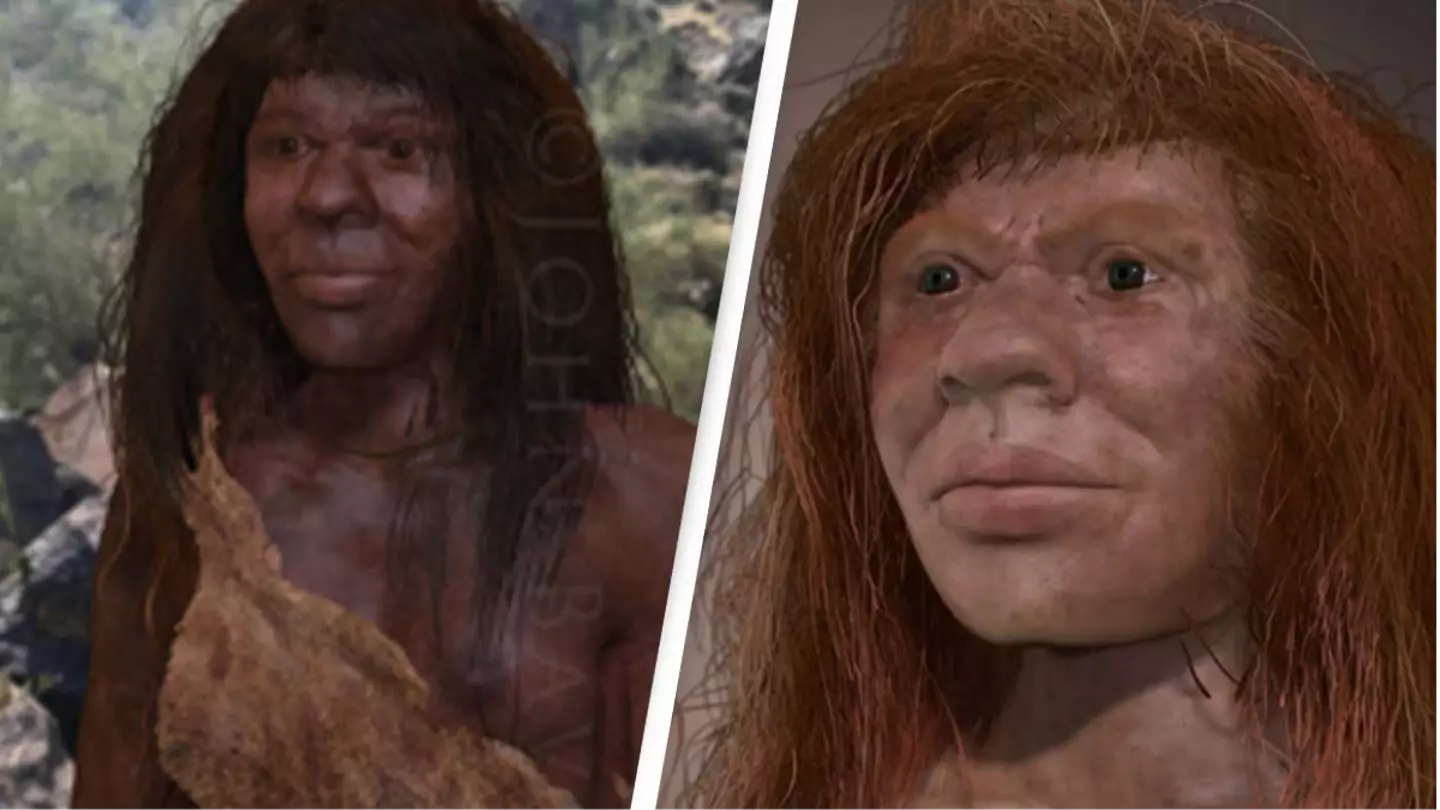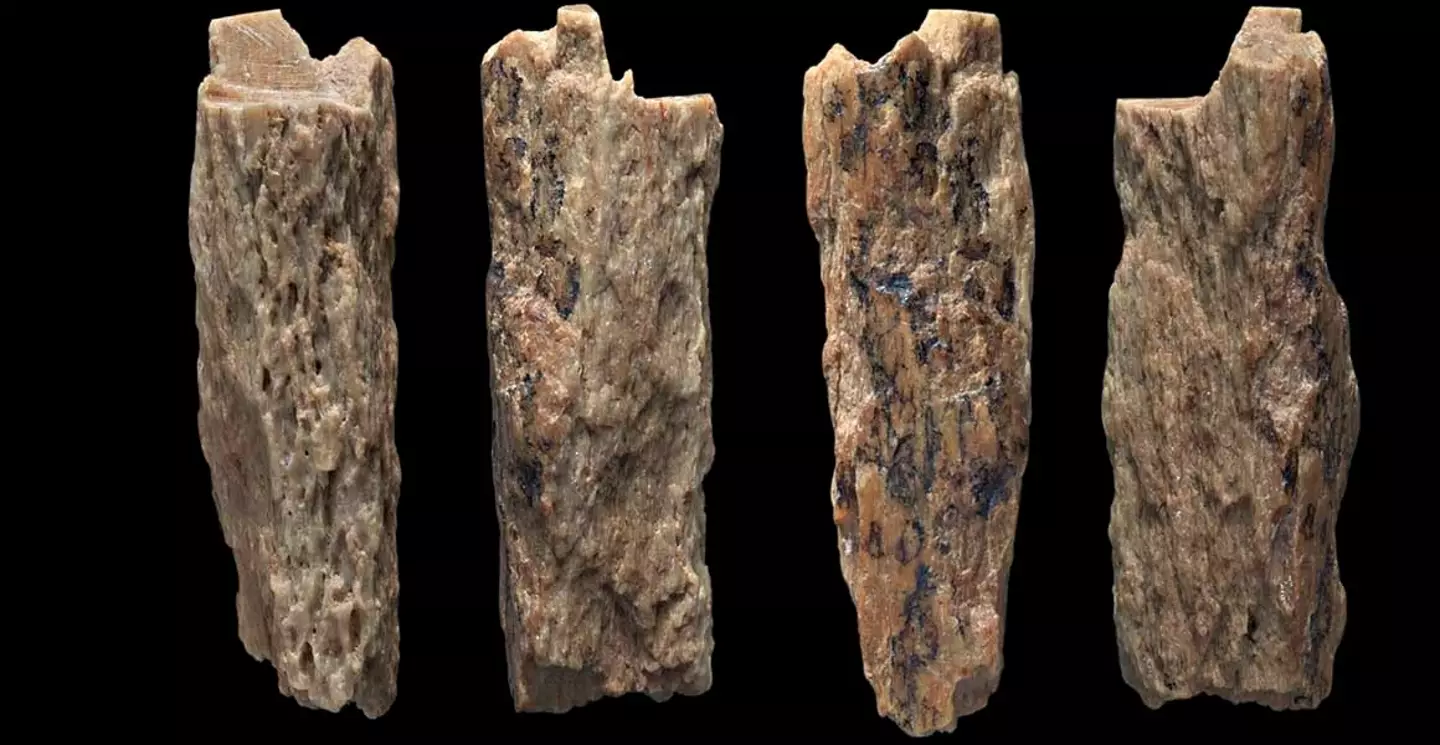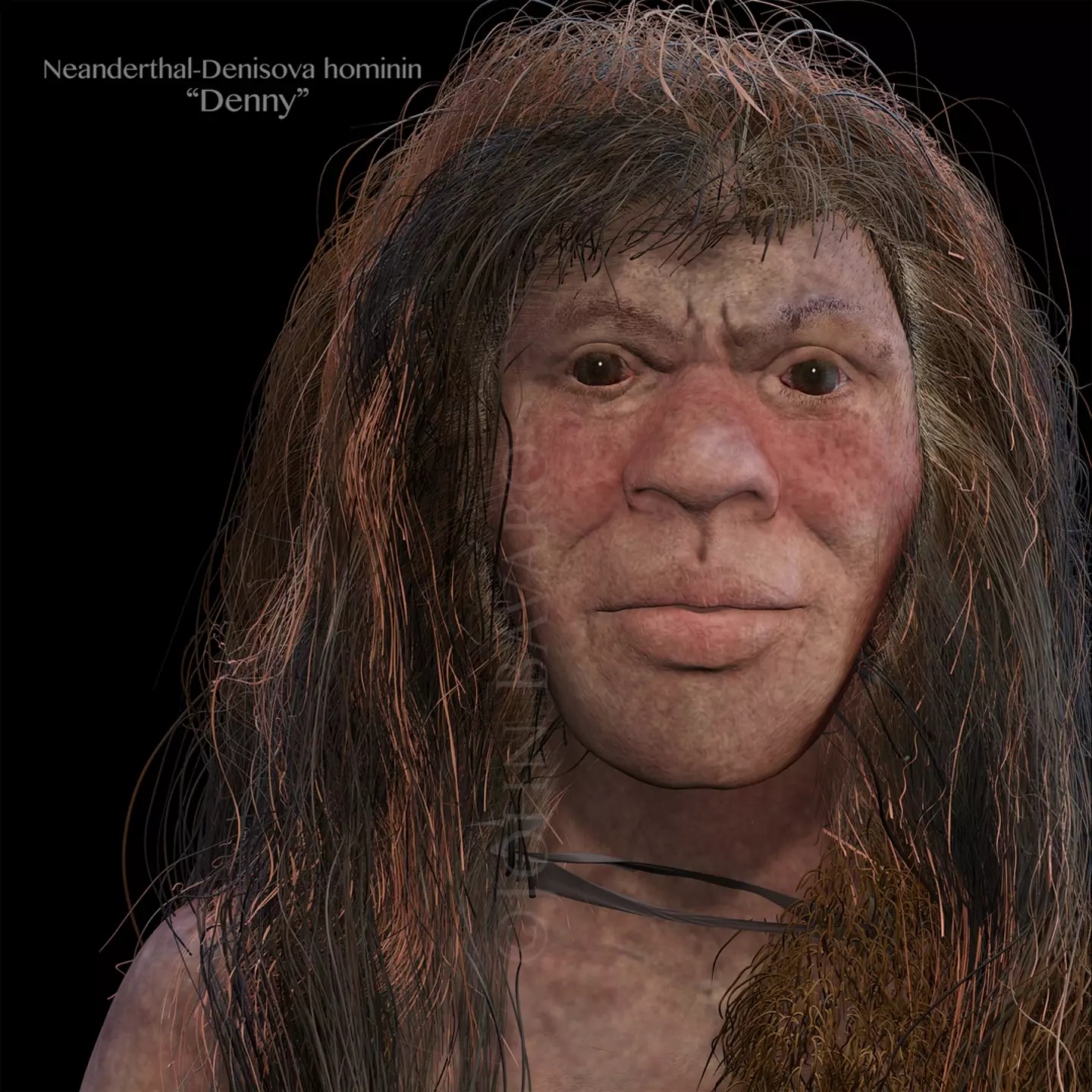
An ancient child from Siberia is thought to be the only known individual whose parents were from different species.
While many of have heard about our closest relatives the Neanderthals, less is known about the Denisovans who lived in the Lower and Middle Paleolithic ages.
Only tiny fragments of bone and teeth remain of the Denisovans after being unearthed from the Denisova Cave in the Altai Mountains of Siberia, but scientists have been able to use these fossil pieces to gather some answers.
A recent project called Finder - Fossil Fingerprinting and Identification of New Denisovan Remains from Pleistocene Asia aimed to shed some light on the long-extinct species and their relations with both the Neaderthals and Homo sapiens.
Advert

Project leader Katerina Douka, of the Max Planck Institute in Jena, Germany and a visitor at Oxford University, said in a statement back in 2018: “We aim to find out where they lived, when they came into contact with modern humans – and why they went extinct.”
The team studied the bone fragments discovered in the Siberian cave in 2010, noting how nearly all of the bones had been chewed by hyenas and other animals, making them unidentifiable.
While prevailing techniques for identifying bone fragments take too long, Douka and Tom Higham - deputy director of Oxford University’s Radiocarbon Accelerator Unit and an adviser to Finder – opted for a new technology called Zooarchaology by mass spectrometry, which capitalises on the fact that every major mammal group has a distinct form of collagen.
Advert
One of the thousands of bones studied turned out to be from a human species – which specific species, however, was not clear, so the sample was taken to Svante Pääbo at the Max Planck Institute for Evolutionary Anthropology in Leipzig for more detailed analysis, which found the bone belonged to someone who was aged 13 or older at death.
Delving in further, the Leipzig team found that exactly half of the sample contained Neanderthal DNA, and the other half Denisovan DNA.
Re-testing confirmed what the team suspected, confirming that the 90,000-year-old remains were of a hybrid daughter of a Neanderthal mother and a Denisovan father and nicknaming the girl Denny.
“If you had asked me beforehand, I would have said we will never find this, it is like finding a needle in a haystack,” Pääbo said.
Advert
In a bid to provide more of a visual depiction, artist John Bavaro shared his interpretation of Denny, explaining on his website: "By taking a genome analysis from the specimen’s mitochondrial DNA on a single bone fragment recovered from the Denisova Cave in the Altai Mountains of Russia, palaeogeneticists Viviane Slon and Svante Pääbo of the Max Planck Institute for Evolutionary found that she had 40 percent Denisovan genes from her dad and 40 percent Neanderthal genes from her mom."

The team’s research was eventually published in the journal Nature in August 2018, explaining: “Neanderthals and Denisovans are extinct groups of hominins that separated from each other more than 390,000 years ago.”
The authors used the study to present the genome ‘Denisova 11’, the bone fragment from the Denisova Cave in Siberia, and prove that it came from ‘an individual who had a Neanderthal mother and a Denisovan father.
Advert
“The father, whose genome bears traces of Neanderthal ancestry, came from a population related to a later Denisovan found in the cave,” they wrote.
“The mother came from a population more closely related to Neanderthals who lived later in Europe than to an earlier Neanderthal found in Denisova Cave, suggesting that migrations of Neanderthals between eastern and western Eurasia occurred sometime after 120,000 years ago.
“The finding of a first-generation Neanderthal–Denisovan offspring among the small number of archaic specimens sequenced to date suggests that mixing between Late Pleistocene hominin groups was common when they met.”
If you have a story you want to tell, send it to UNILAD via [email protected]
Topics: World News